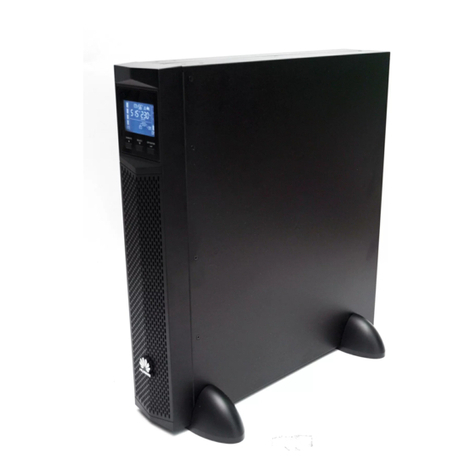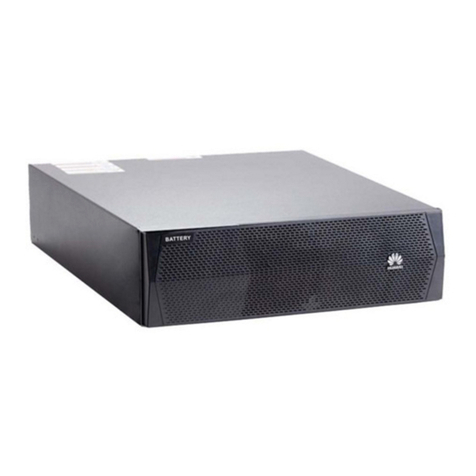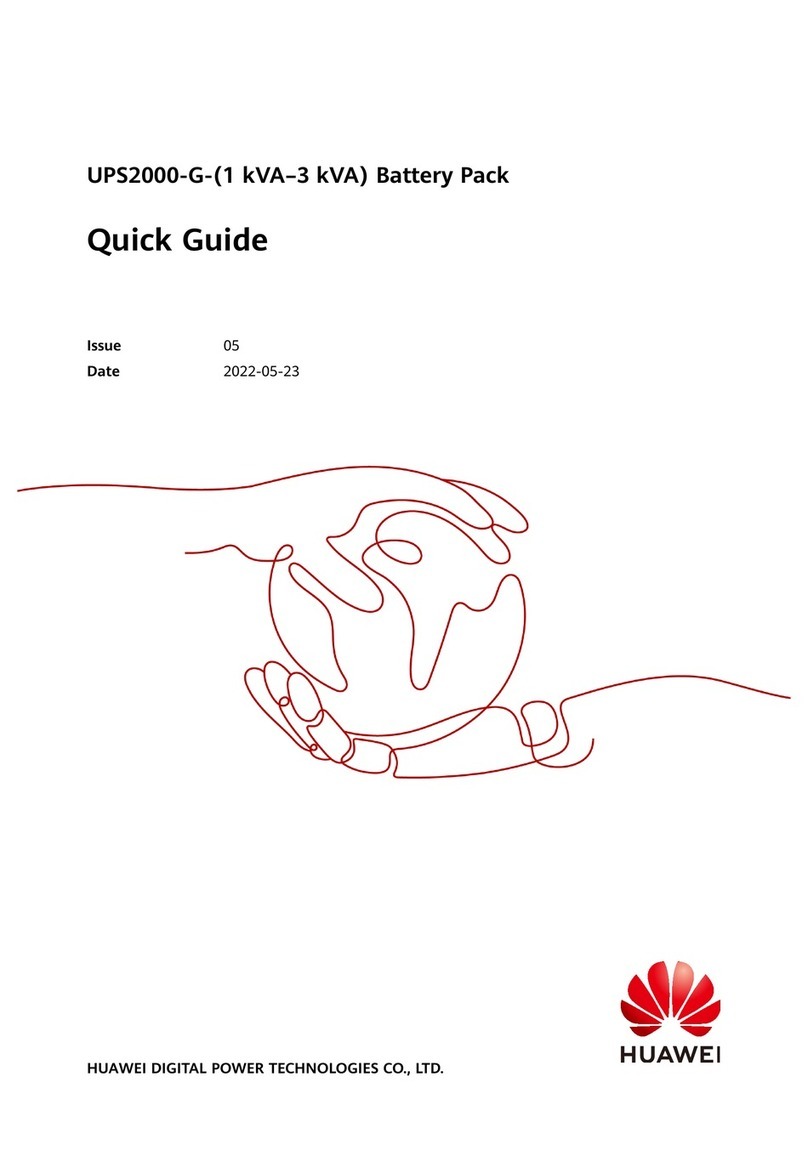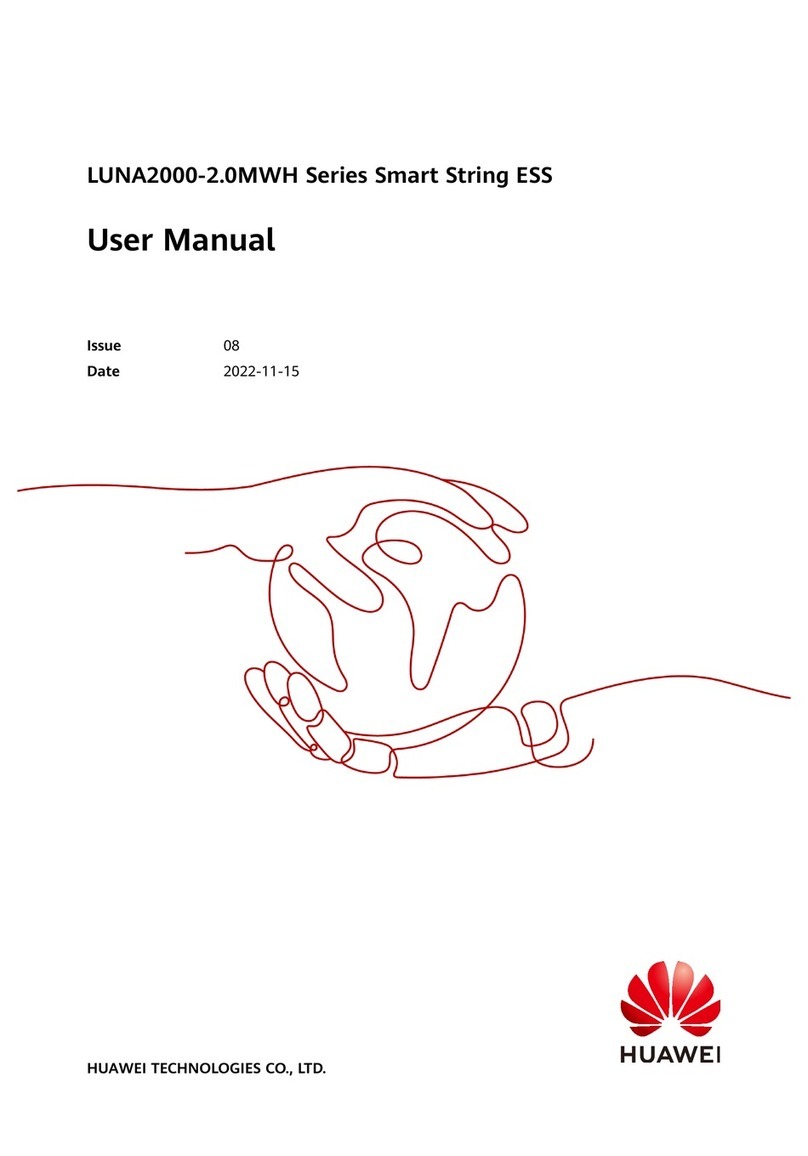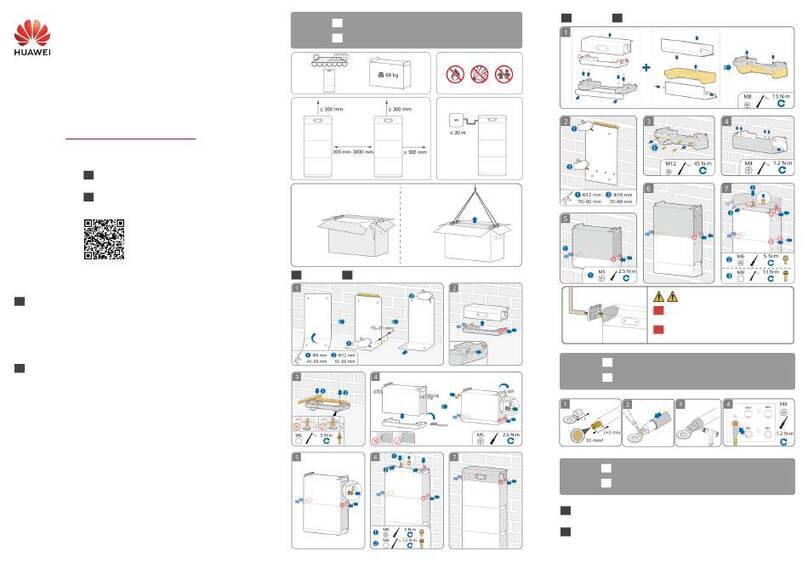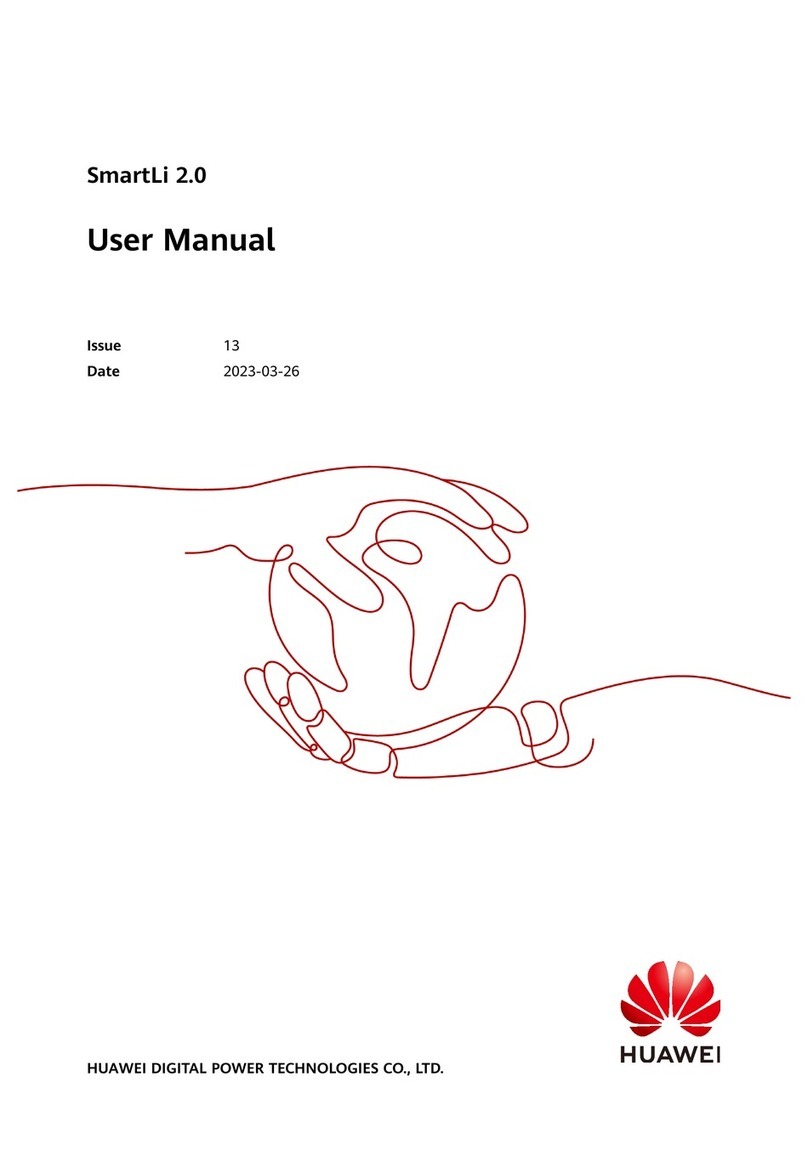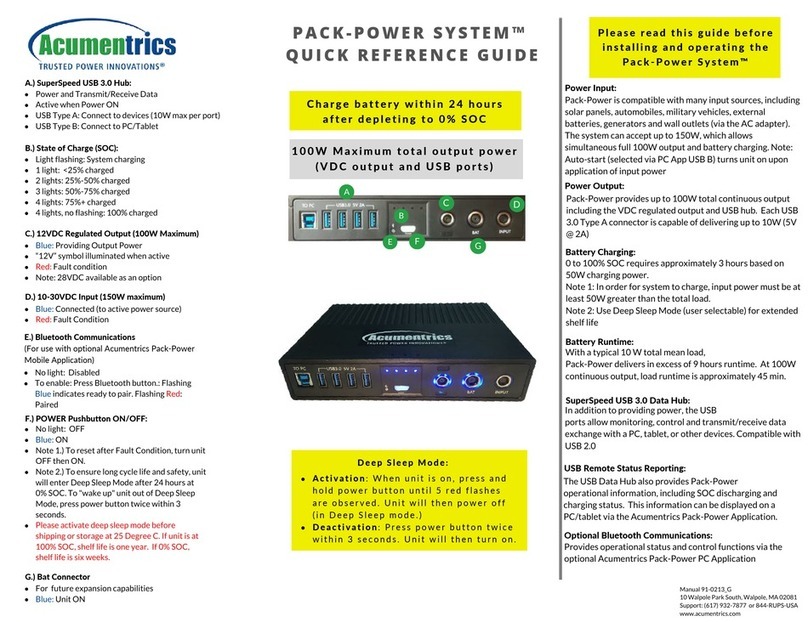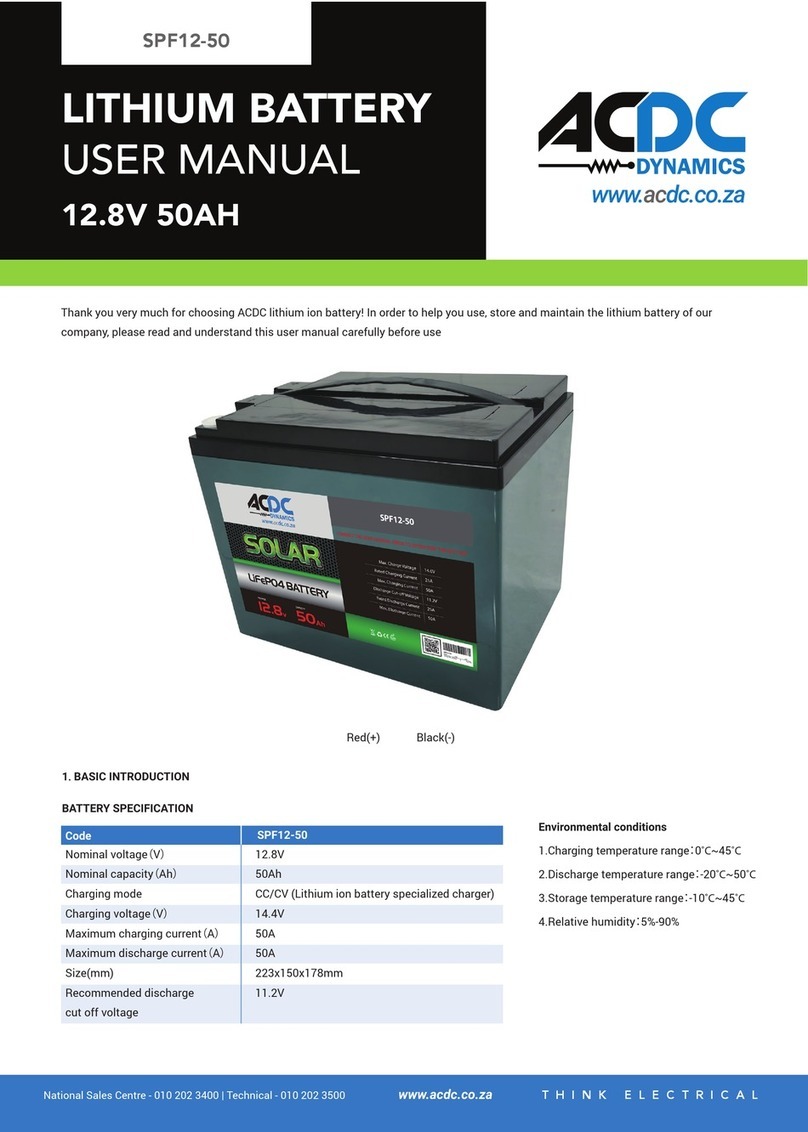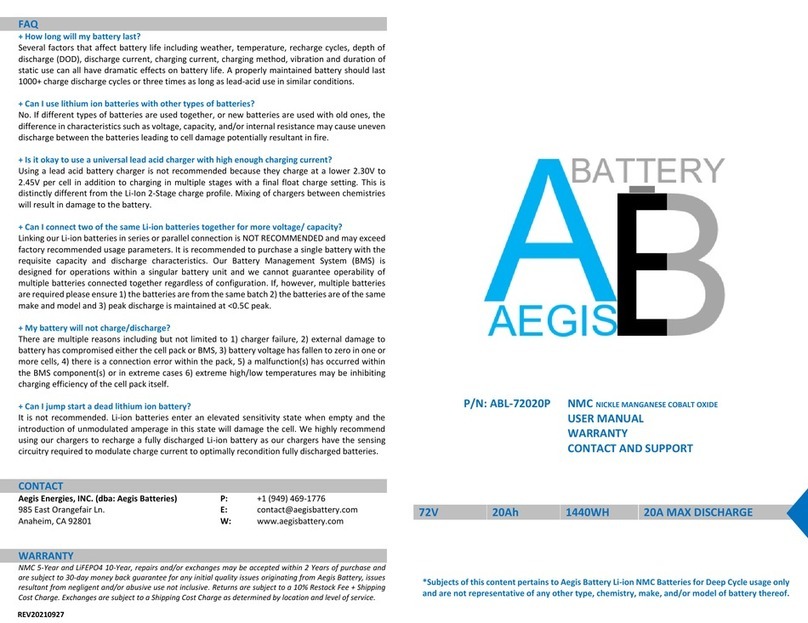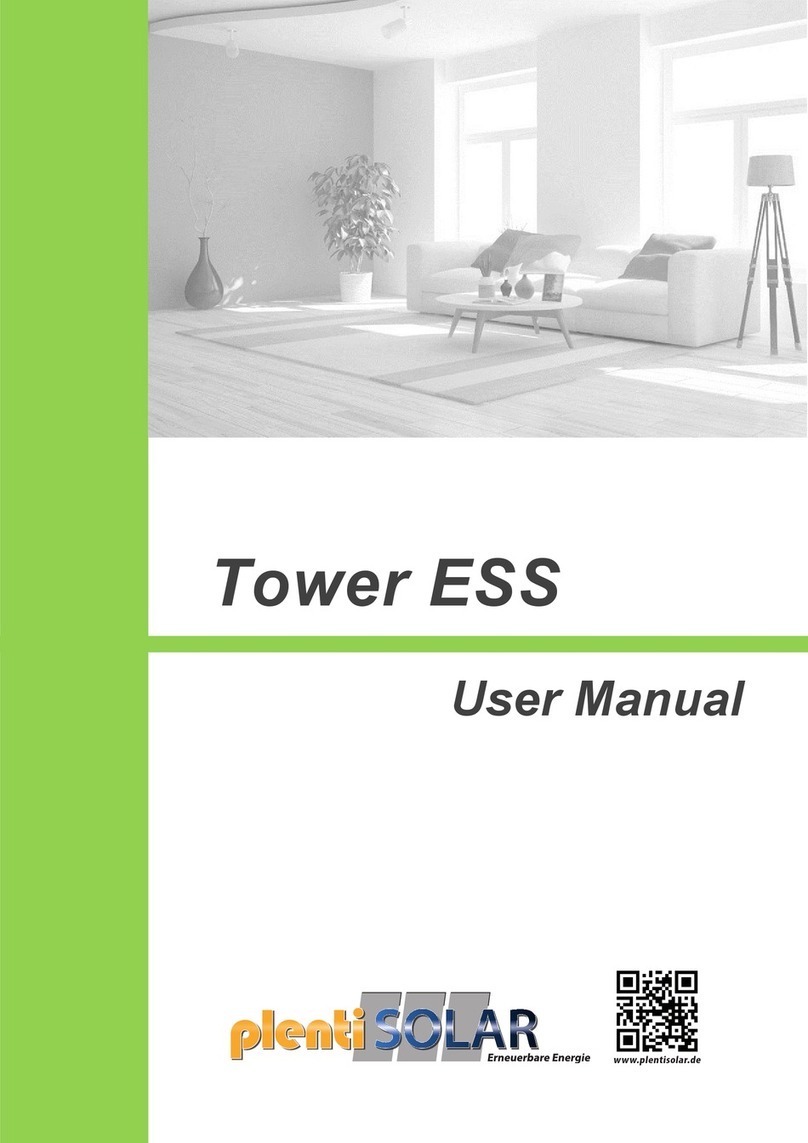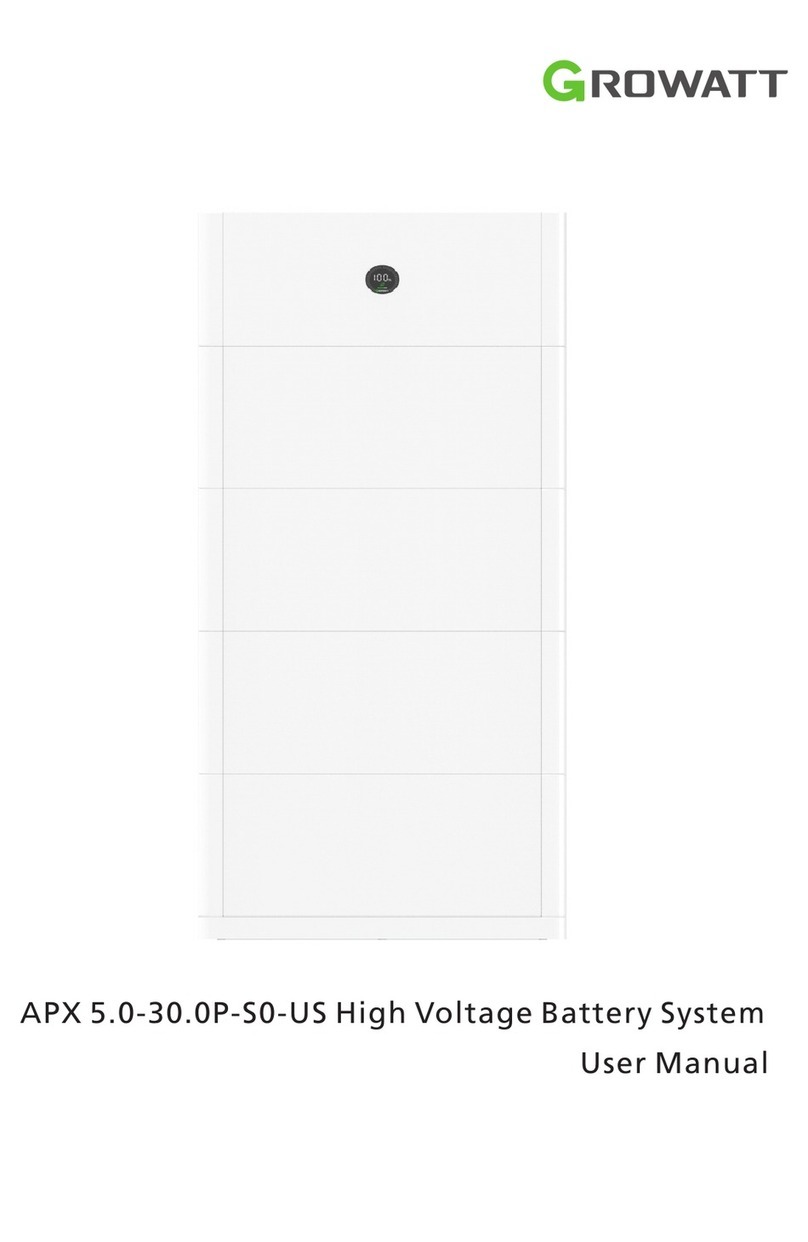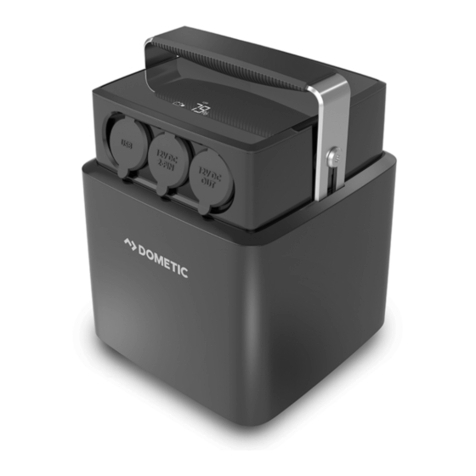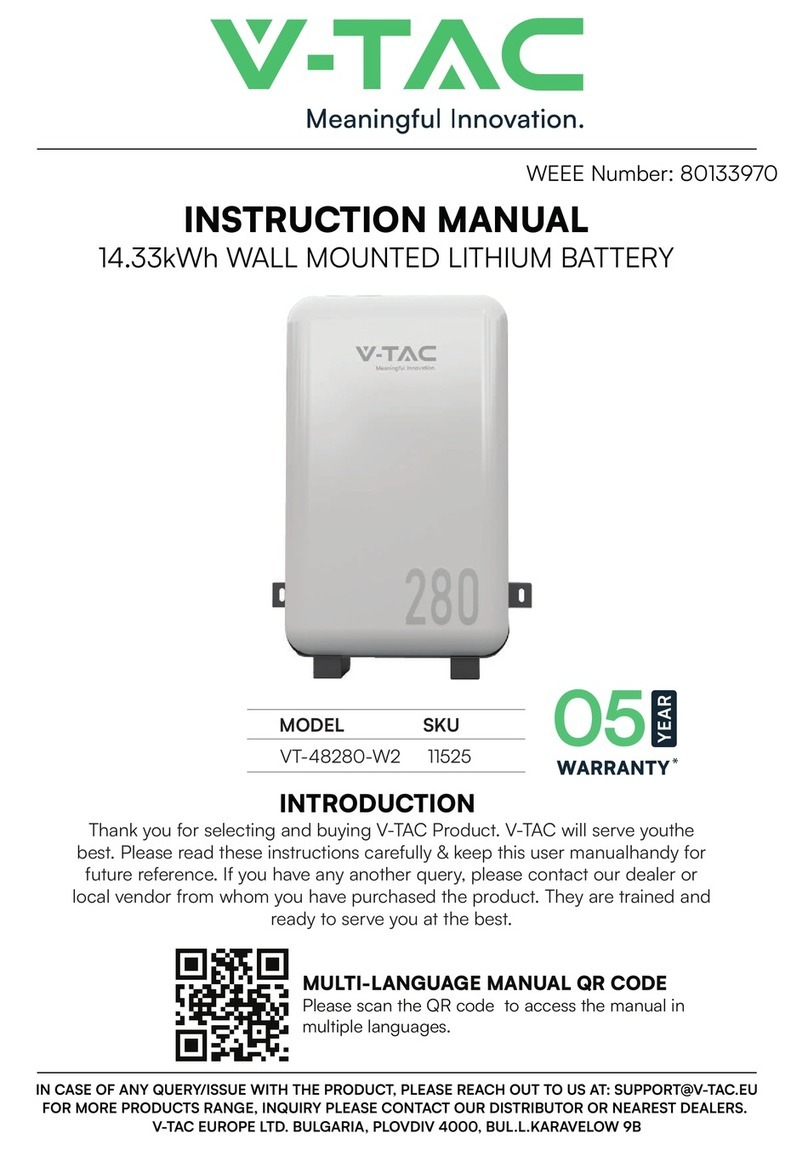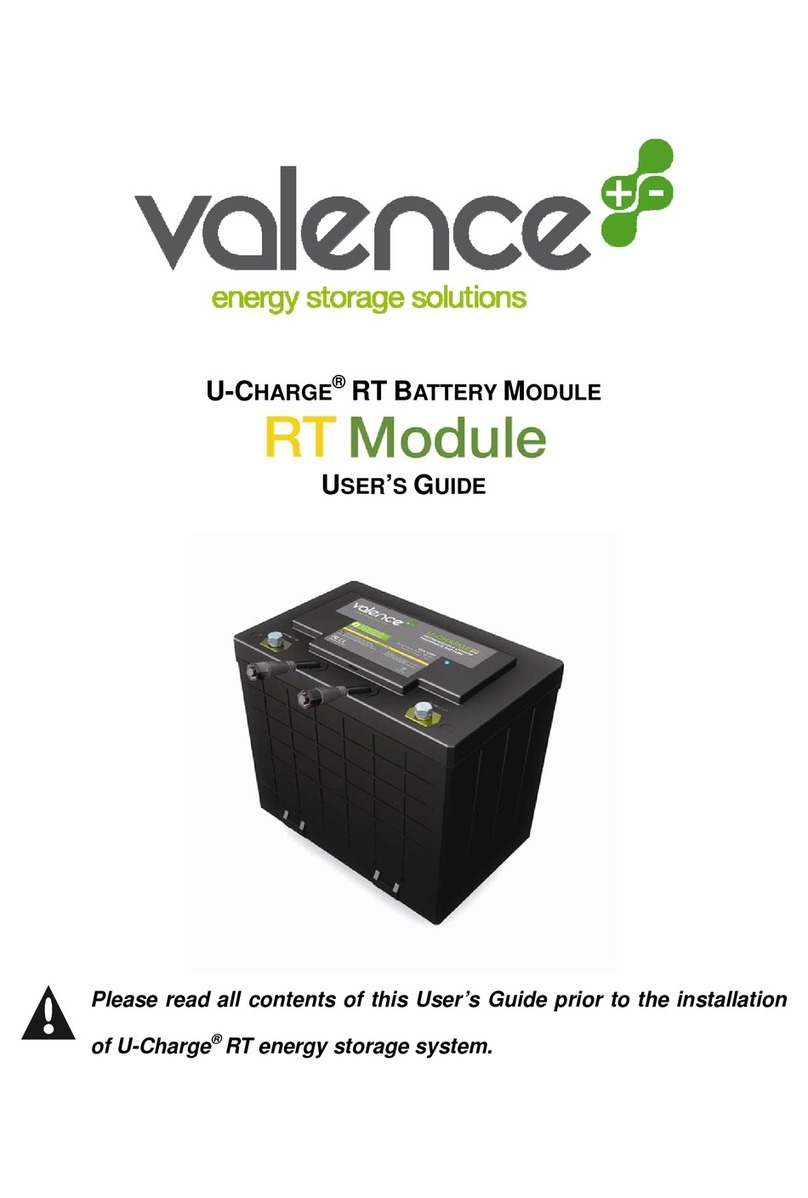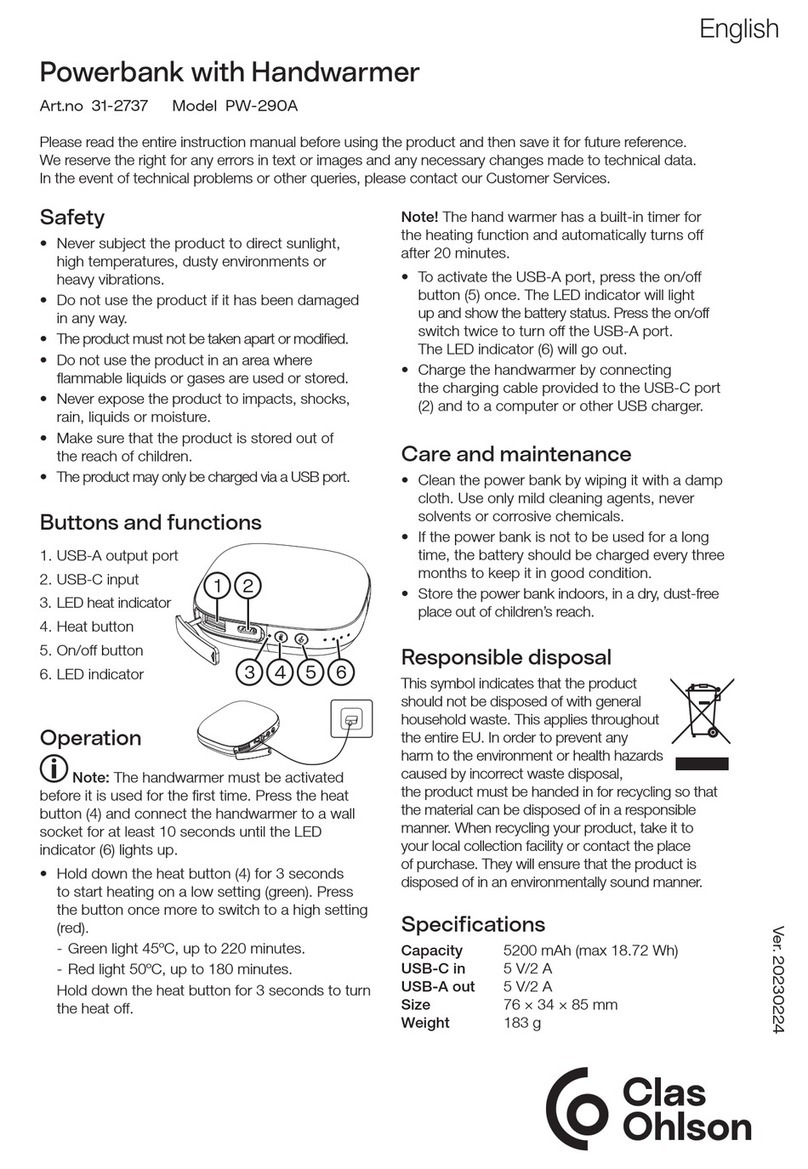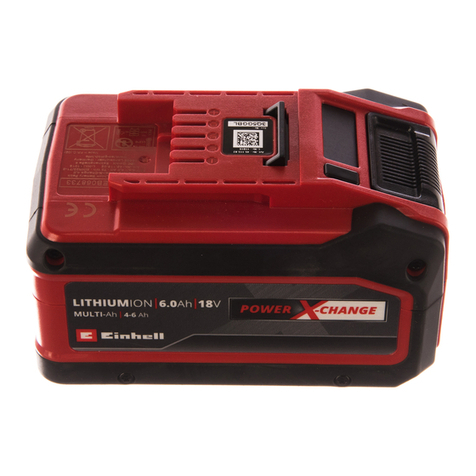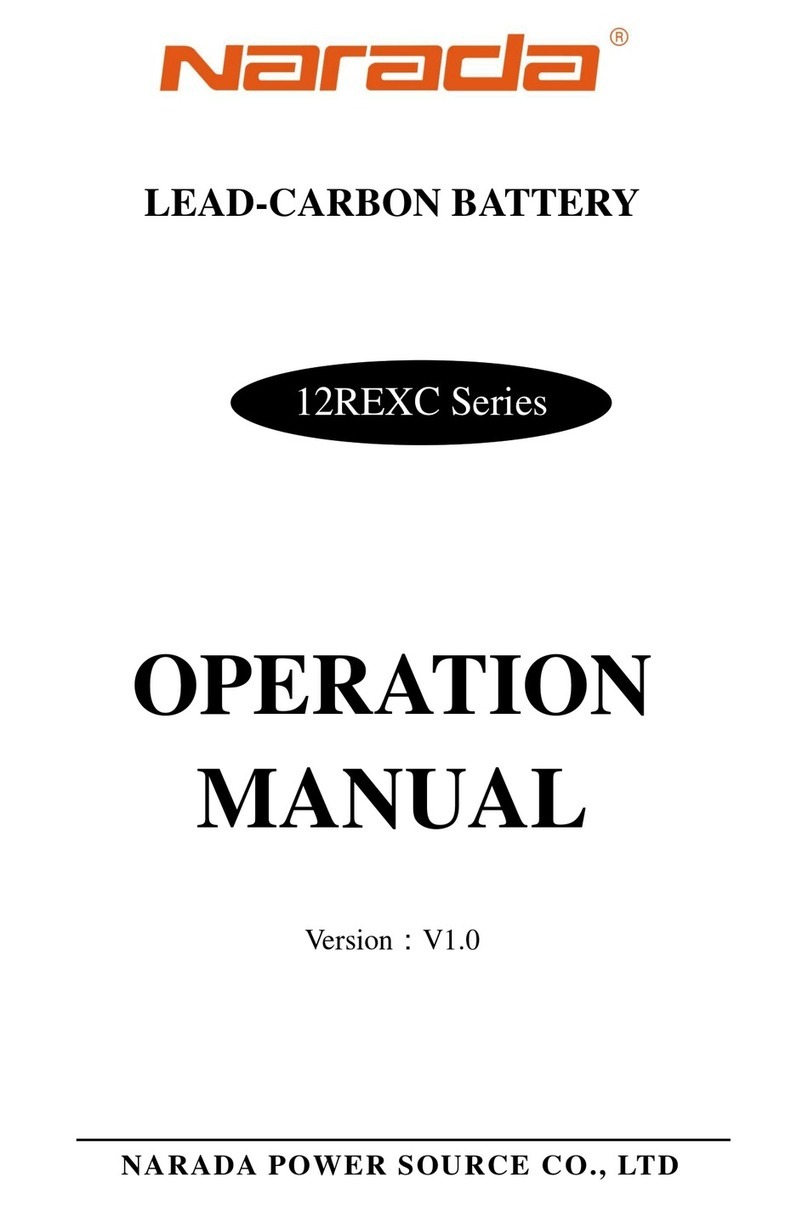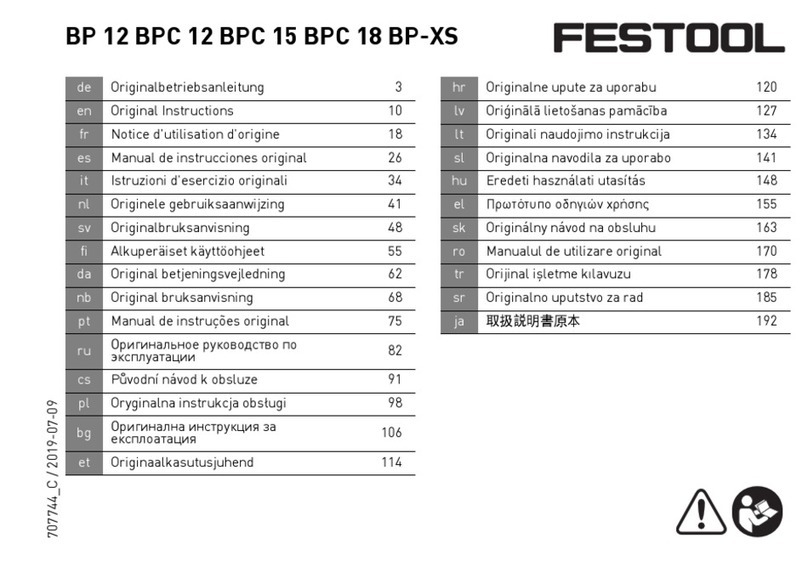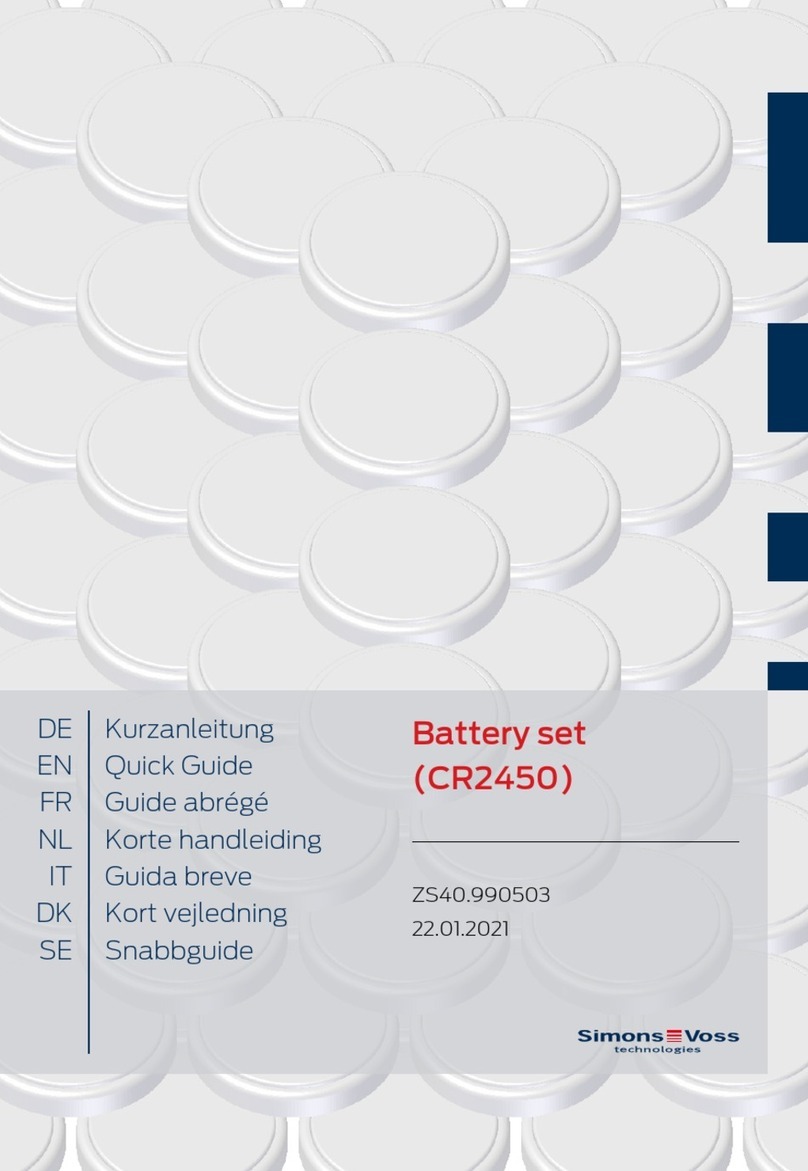
Contents
About This Document................................................................................................................ ii
1 Safety Information.................................................................................................................. 1
1.1 Personal Safety.........................................................................................................................................................................2
1.2 Battery Safety........................................................................................................................................................................... 3
1.3 Electrical Safety........................................................................................................................................................................6
1.4 Environmental Requirements.............................................................................................................................................. 8
1.5 Mechanical Safety................................................................................................................................................................... 9
2 Product Description.............................................................................................................. 10
3 Transportation and Storage Requirements.....................................................................12
3.1 Transportation Requirements........................................................................................................................................... 12
3.2 Storage Requirements......................................................................................................................................................... 12
3.3 Recharge Method of the UPS2000-G-15 kVA/20 kVA............................................................................................. 13
3.3.1 Battery Pack Recharge Control Parameters............................................................................................................. 13
3.3.2 Battery Pack Recharge..................................................................................................................................................... 13
3.4 Recharge Method of the UPS2000-H-6 kVA/10 kVA................................................................................................15
3.4.1 Battery Pack Recharge Control Parameters............................................................................................................. 15
3.4.2 Battery Pack Recharge..................................................................................................................................................... 16
4 Installation..............................................................................................................................18
4.1 Tools.......................................................................................................................................................................................... 18
4.2 Unpacking and Checking................................................................................................................................................... 20
4.3 Installing the Equipment.................................................................................................................................................... 21
4.3.1 (Optional) Installing a Temperature Sensor............................................................................................................ 24
4.3.2 Installing a Battery Pack................................................................................................................................................. 27
4.3.2.1 Method 1: Rack Mounting.......................................................................................................................................... 30
4.3.2.2 Mode 2: Tower Mounting............................................................................................................................................35
4.4 Cable Connection.................................................................................................................................................................. 36
4.4.1 Connecting Cables to Battery Packs for the UPS2000-G-6 kVA/10 kVA........................................................ 36
4.4.2 Connecting Cables to Battery Packs for UPS2000-G-15 kVA/20 kVA............................................................. 38
4.4.3 Connecting Cables to Battery Packs for UPS2000-H-6 kVA............................................................................... 40
4.5 Battery Maintenance........................................................................................................................................................... 42
A Obtaining Product Documents Through QR Code Scanning......................................48
ESS-240V12-(9AhBPVBA04, 7AhBPVBA04) Battery
Pack
Quick Guide Contents
Issue 02 (2022-06-30) Copyright © Huawei Digital Power Technologies Co., Ltd. iv
